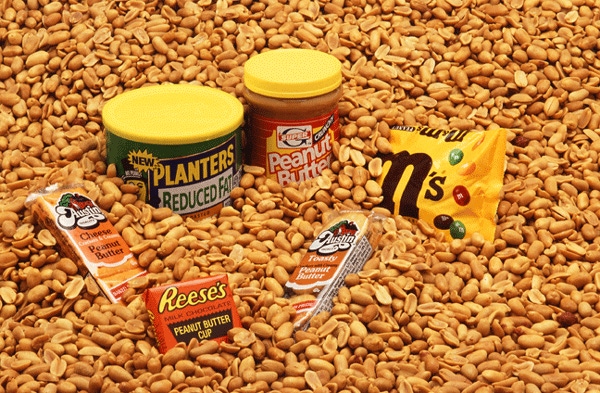
Supply, demand at root of rising peanut butter costs
• Some consumers may have concluded from these reports that farmers are responsible for the higher peanut butter prices peanut butter manufacturers have announced. • Although some farmers have been offered $800 to $1,000 a ton for their peanuts this fall, most farmers contracted their peanuts for $550 to $600 a ton before planting their crop last spring.
October 26, 2011

Georgia Peanut Commission Chairman Armond Morris and Georgia Farm Bureau President Zippy Duvall are submitting this editorial to address the misconception consumers may have that rising peanut butter costs are due to higher peanut prices paid to farmers. Georgia grows almost half of all peanuts produced in the U.S. The Georgia Peanut Commission represents Georgia’s 4,500 peanut farmers. Georgia Farm Bureau is the state’s largest general farm organization and many of its members grow peanuts.
Recent reports of increasing peanut butter costs and farmers receiving record high peanut prices don’t tell the whole story.
Some consumers may have concluded from these reports that farmers are responsible for the higher peanut butter prices peanut butter manufacturers have announced. Although some farmers have been offered $800 to $1,000 a ton for their peanuts this fall, most farmers contracted their peanuts for $550 to $600 a ton before planting their crop last spring.
Farmers forward contract their crops in order to obtain financing to buy supplies needed to plant the crop.
Peanut market experts estimate 75 to 80 percent of Georgia’s farmers contracted their peanuts with buyers at the lower prices, so only 20 to 25 percent of the peanuts that farmers are harvesting this fall are expected to be sold at the higher prices.
References to USDA estimated prices, known in the industry as the USDA National Posted Price, also misled consumers. In mid-October, the USDA National Posted Price, which is issued weekly, listed runner peanuts — the type used to make peanut butter — at $1,200 a ton, but it’s well known in the peanut industry that farmers never receive the USDA estimated price.
A low supply of peanuts left from last year’s crop, poor market prices at planting and drought conditions throughout this year’s growing season have converged at one time to create a perfect storm that is driving up the price of peanuts.
The tight peanut supply and the rules of supply and demand, not farmers, are responsible for higher prices consumers may experience.
Price didn't dictate acreage increase
Some might criticize farmers for not planting enough peanut acres, but farmers told peanut buyers in the spring that prices were not high enough to compete for cotton and corn acres, but buyers assumed there would be enough peanuts.
Farmers are business owners and just like other businesses, they have to make planting decisions that will keep their farms economically viable to survive.
Peanuts require crop rotation to maximize production efficiency and to protect natural resources. Cotton and corn are the predominant crops used for this purpose. Farmers already have the specialized equipment to plant, tend and harvest each of these crops, so it requires only a shift in resources when the market dictates.
Although peanut prices are higher than farmers have seen in a long time, it should be noted that farmers are facing record high production costs. According to University of Georgia Cooperative Extension Economist Nathan Smith, this year’s peanut crop will be one of the costliest to produce on record.
Rising costs of fuel, fertilizer, seed, and pest and weed control are expected to increase the cost of irrigated peanuts by 30 percent and non-irrigated peanuts by 20 percent above last year.
Even in the face of rising peanut butter prices, peanut butter is still a relatively inexpensive source of high quality protein.
Georgia’s peanut farmers have remained committed to feeding America in good years and in bad because they take pride in knowing their peanuts are used to make nutritious products that feed America. They know that peanut butter has increased in demand as Americans have cut their budgets to weather the recession and their hope is that supply and demand will soon stabilize.
You May Also Like



